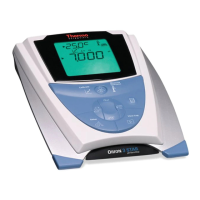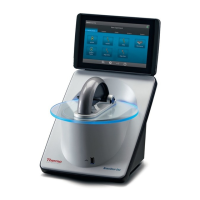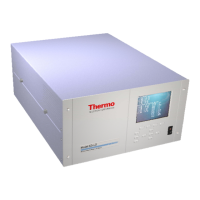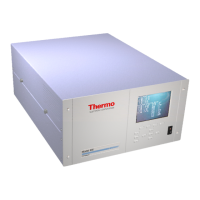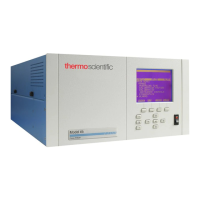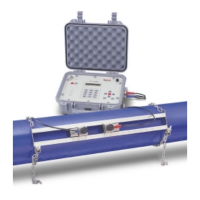Orion Benchtop pH/ISE Meter Instruction Manual
Special Features
39
B. Incremental Techniques General Information
The Orion 920Aplus Meter includes two different incremental techniques:
known addition and known subtraction. Both involve adding aliquots of a
standard of known concentration to the sample. Single and double
incremental techniques can be performed.
Advantages of incremental techniques are:
a. Speed and ease of measuring occasional samples.
b. Ability to analyze samples containing complexing agents.
c. Ability to analyze dilute samples, those varying widely in
temperature, and samples for which stable standards do not exist.
d. Use as a quick check of direct measurement results.
Limitations of incremental techniques are:
a. Sample concentration must be known within an order of magnitude
so the increment may be correctly chosen.
b. Sample and standard must be volumetrically determined.
c. Any complexing agent must be present in excess (at least 50 to 100
times) or not at all.
Double incremental techniques calculate electrode slope and sample
concentration simultaneously. The advantages of the double techniques are
that the electrode slope will be determined directly in the sample. This
results in greater accuracy for samples with complex matrices, and greater
speed with which the analysis may be made.
Known addition is a useful method for measuring samples containing an
excess of complexing agent, dilute samples, occasional samples, or as a
check of a direct measurement.
Known subtraction is useful as a quick version of a titration, or with
species that stable standards do not exist. It is necessary to know the
stoichiometric ratio between standard and sample.
The following table is the sequence of keypresses and messages displayed
when performing a known addition measurement. (Numbers and electrode
ID used are for illustration purposes only.)

